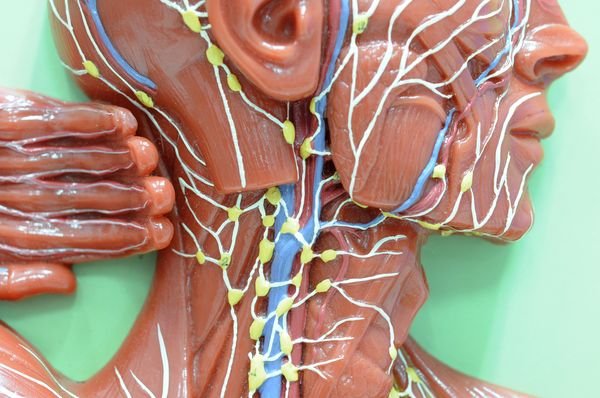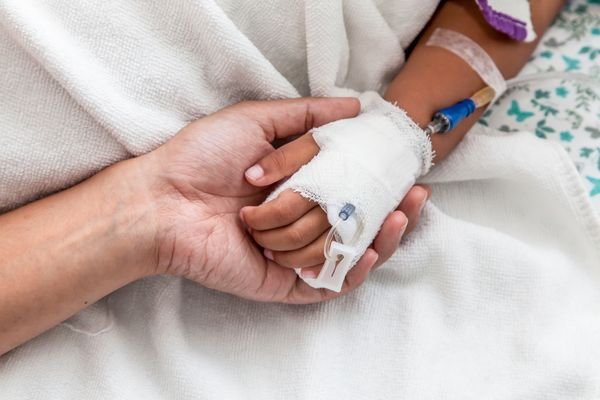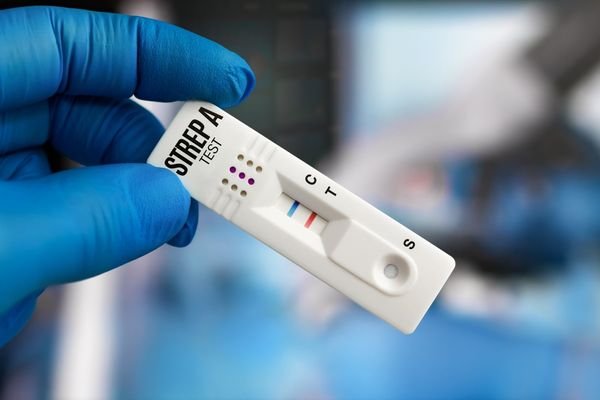As a parent, we know you prioritize your child’s health and well-being. It’s important to be vigilant, especially when it comes to injuries and potential infections. While minor cuts and scrapes are common, there are times when these seemingly harmless wounds can lead to more serious issues. One crucial symptom to watch out for is the presence of red tracking lines on your child’s skin. These lines indicate a progressing infection that requires immediate attention. In this article, we’ll explain what tracking lines are, why parents need to be vigilant about them, and what steps you can take if your child has them.
What are Tracking Lines?

Tracking lines, also known as lymphangitis, are red lines on the skin that extend from the site of an infection. They serve as an indicator that an infection is spreading and making its way into the lymphatic system. While warmth, redness, and swelling of the skin are common signs of an infection, the presence of tracking lines signals a more severe progression of the infection. It’s important for parents to be aware of this. (1)
Why Are Tracking Lines Dangerous?

Recognizing tracking lines is crucial because they can be a sign that an infection is getting worse and spreading beyond the initial injury site. If not addressed promptly, this can lead to serious complications, including sepsis, a life-threatening condition. Children, especially those with underdeveloped immune systems, are at higher risk. It’s important to note that not all tracking lines are caused by infections, but if you notice any of these signs in your child, it’s best to consult with a doctor right away. (3)
How to Spot Tracking Lines
The appearance of tracking lines may vary from faint to clearly defined. It can be more challenging to spot them in individuals with darker skin tones. Alongside the visible lines, other symptoms such as fever, headache, and muscle pains may accompany the infection. If your child has any cuts, scrapes, or injuries, it’s important to stay vigilant. Clean the wounds thoroughly with an antiseptic, bandage them, and keep them clean. Monitor your child’s injury daily and watch for any signs of developing tracking lines. If you have any concerns, see your doctor immediately.
Common Causes of Tracking Lines

Tracking lines most commonly result from bacterial infections, such as those caused by Streptococcus or Staphylococcus species. Injuries sustained from animal bites or cuts and grazes that occur underwater carry the risk of exposure to different types of bacteria, which can also lead to the development of tracking lines.
What to Do if You See Tracking Lines on Your Child

If you spot tracking lines on your child, it’s imperative to seek medical attention promptly. Early detection allows for the timely administration of antibiotics to address the infection. In cases where inflammation around a cut or bite is evident, outlining the affected area with a pen can help monitor the spread of redness and assess the progression of the infection.
Treatment of Tracking Lines

Treatment for lymphangitis typically involves antibiotics to kill the bacteria causing the infection. In some cases, surgery may be necessary to remove infected tissue or drain pus from an abscess. Severe cases may require hospitalization for intravenous antibiotics and fluids.
The Bottom Line

As responsible parents, it’s important to stay informed about potential health risks and symptoms, like tracking lines in the case of infections. By understanding the significance of recognizing and acting upon such symptoms, you can ensure early intervention, preventing the progression of infections and reducing the risk of complications. Always remember to seek professional medical advice, as timely intervention can make a significant difference in protecting your child from potential health threats.
Sources
- “Lymphangitis.” Healthline. Natalie Phillips. April 17, 2023
- “Lymphatic System.” Cleveland Clinic
- “Lymphangitis.” Cleveland Clinic
Leave a Reply